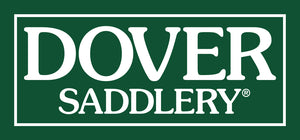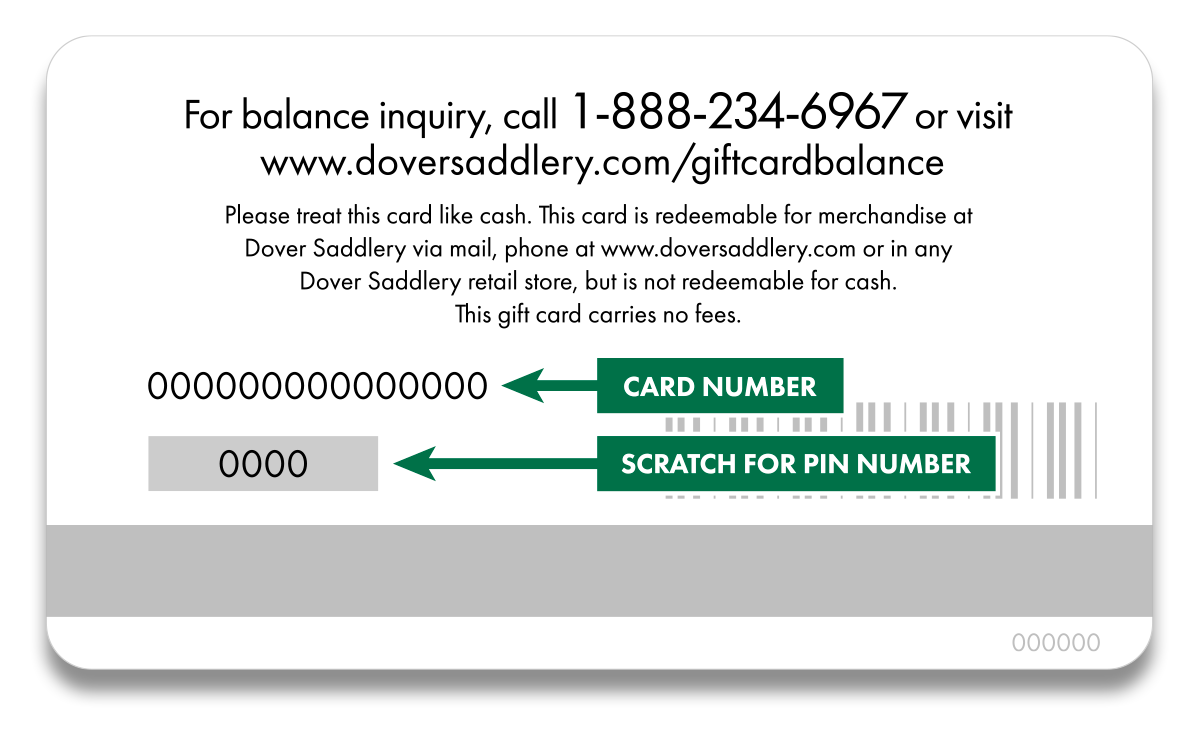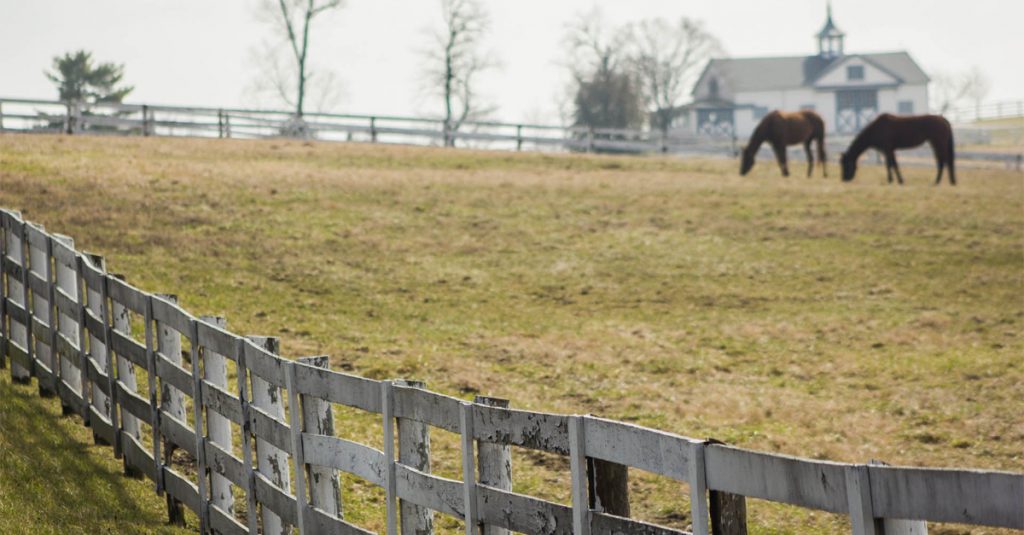 Vitamin E has an important role in many physiological functions in the horse, including reproduction, immune response and nerve and muscle function, yet it is one of only a few vitamins that horses cannot produce themselves; it must be provided in the diet. Without vitamin E, horses may experience a variety of issues, including pathological changes and poor immunity.
Vitamin E has an important role in many physiological functions in the horse, including reproduction, immune response and nerve and muscle function, yet it is one of only a few vitamins that horses cannot produce themselves; it must be provided in the diet. Without vitamin E, horses may experience a variety of issues, including pathological changes and poor immunity.
Fresh green forage is a good source of vitamin E, but once grass is harvested, its vitamin E content significantly decreases over time. In the process of hay making, between 30 and 80% of vitamin E activity is lost between cutting and baling the hay and even more is lost during storage. The older and more yellow hay is in color, the less vitamin E it will contain. Once spring and summer pass into fall, and growing season comes to an end, pasture grass will also decline in quality and will not supply as many nutrients. A good way to make up for this is to add a vitamin E supplement to the horse’s diet when grass growth begins to wane.
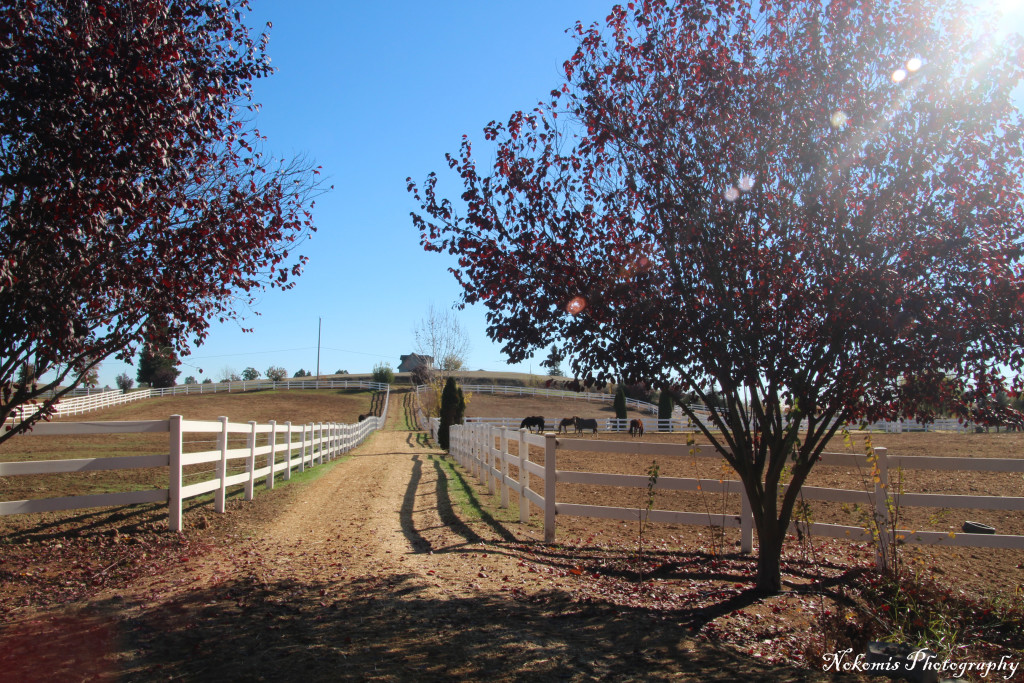 The chemical structures of synthetic and natural vitamin E differ. Vitamin E is most bioavailable in its natural form, as opposed to the more commonly used synthetic form. When selecting a vitamin E supplement, look for d-alpha tocopherol, which is the natural form, rather than dl-alpha tocopherol, which is synthetic.
The chemical structures of synthetic and natural vitamin E differ. Vitamin E is most bioavailable in its natural form, as opposed to the more commonly used synthetic form. When selecting a vitamin E supplement, look for d-alpha tocopherol, which is the natural form, rather than dl-alpha tocopherol, which is synthetic.
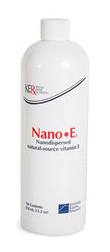 The best way to increase a horse’s vitamin E status is to use a water-soluble form, such as Nano•E®, a natural-source vitamin E supplement. Nano•E uses an advanced nanotechnology to create a rapidly available and absorbed source of vitamin E. Because of this increased bioavailability, administration can also be timed to provide peak antioxidant protection to performance horses when they need it most.
The best way to increase a horse’s vitamin E status is to use a water-soluble form, such as Nano•E®, a natural-source vitamin E supplement. Nano•E uses an advanced nanotechnology to create a rapidly available and absorbed source of vitamin E. Because of this increased bioavailability, administration can also be timed to provide peak antioxidant protection to performance horses when they need it most.
While we can’t bottle up the goodness of green summer pasture, offering a bioavailable vitamin E supplement can help to keep horses at optimal levels of this important vitamin all winter long.


